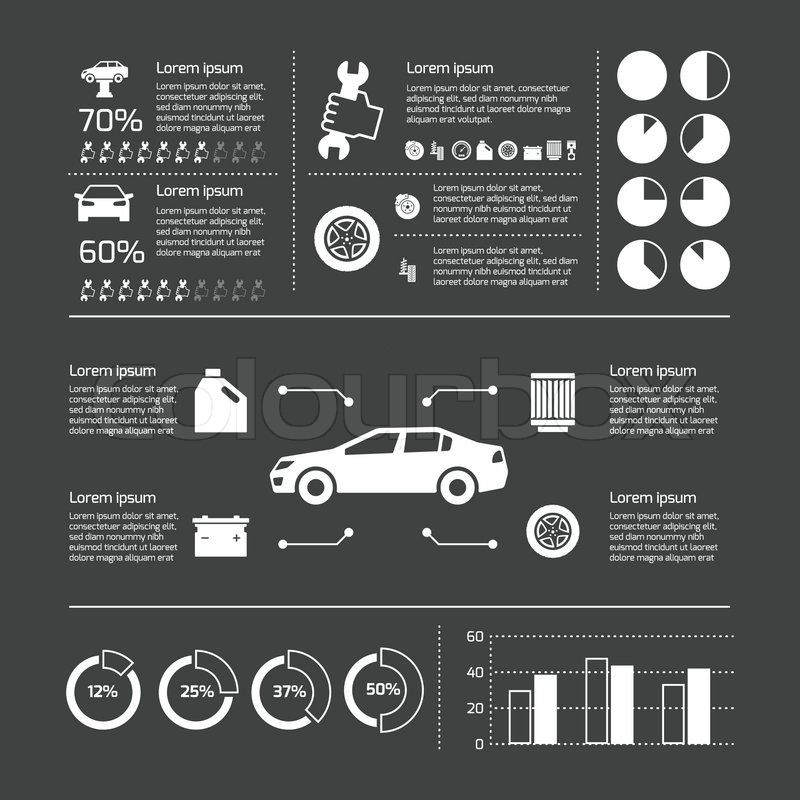Eager To Understand What The Control Panel Caution Lights In Your Auto Indicate? Explore Their Meanings For The Well-Being And Safety Of Your Car
Eager To Understand What The Control Panel Caution Lights In Your Auto Indicate? Explore Their Meanings For The Well-Being And Safety Of Your Car
Blog Article
Material Composed By-Boye Torres
When you're behind the wheel, those beautiful caution lights on your control panel can be a little bit puzzling. Do you know what they're attempting to inform you about your cars and truck's health? Recognizing the importance of these lights is crucial for your safety and security and the long life of your automobile. So, the next time among those lights turns up, wouldn't you want to analyze its message properly and take the essential steps to address it?
Common Caution Lighting and Interpretations
Recognize typical caution lights in your car and understand their significances to ensure safe driving.
One of the most common warning lights consist of the check engine light, which signals problems with the engine or exhausts system. If this light comes on, it's critical to have your automobile examined promptly.
The oil pressure cautioning light suggests low oil stress, calling for prompt interest to stop engine damage.
A flashing battery light might suggest a damaged billing system, potentially leaving you stranded otherwise addressed.
The tire pressure monitoring system (TPMS) light informs you to low tire pressure, influencing lorry security and gas performance. Ignoring this can result in harmful driving problems.
The abdominal light indicates a trouble with the anti-lock stopping system, endangering your capacity to quit promptly in emergency situations.
Last but not least, the coolant temperature advising light warns of engine overheating, which can cause serious damage otherwise resolved promptly.
Comprehending these usual caution lights will help you resolve concerns immediately and preserve safe driving conditions.
Significance of Prompt Focus
Understanding the usual caution lights in your cars and truck is only the first step; the value of promptly attending to these warnings can't be emphasized sufficient to ensure your safety on the road.
When a warning light brightens on your dashboard, it's your car's way of communicating a possible problem that needs focus. Ignoring these cautions can cause more extreme troubles in the future, endangering your security and potentially costing you more out of commission.
Motivate attention to advising lights can avoid failures and mishaps. For example, a flashing check engine light could suggest a misfire that, if left unattended, can create damages to the catalytic converter. Addressing this immediately can conserve you from a pricey fixing.
Similarly, a brake system alerting light might indicate low brake liquid or used brake pads, vital parts for your safety when driving.
Do It Yourself Troubleshooting Tips
If you discover a warning light on your control panel, there are a couple of DIY repairing pointers you can try prior to seeking specialist assistance.
The very first step is to consult your cars and truck's guidebook to comprehend what the specific caution light suggests. Occasionally the issue can be as simple as a loose gas cap causing the check engine light. Tightening the gas cap might solve the problem.
One more common problem is a low battery, which can trigger different warning lights. Checking https://www.einnews.com/pr_news/582591565/automotive-defense-specialists-announces-new-post-focused-on-the-value-of-a-top-smog-shop-lawyer-in-california for corrosion and ensuring they're safe may repair the problem.
If a warning light continues, you can try resetting it by detaching the car's battery for a few minutes and after that reconnecting it. Furthermore, inspecting car detailer , such as oil, coolant, and brake fluid, can aid fix alerting lights associated with these systems.
Conclusion
To conclude, understanding your cars and truck's warning lights is essential for keeping your automobile running efficiently and securely. By promptly resolving dirty detailing and recognizing what they mean, you can stay clear of pricey repairs and prospective breakdowns.
Keep in mind to consult your auto's manual for particular information on each cautioning light and take action as necessary to ensure a hassle-free driving experience.
Stay notified, remain risk-free when traveling!
